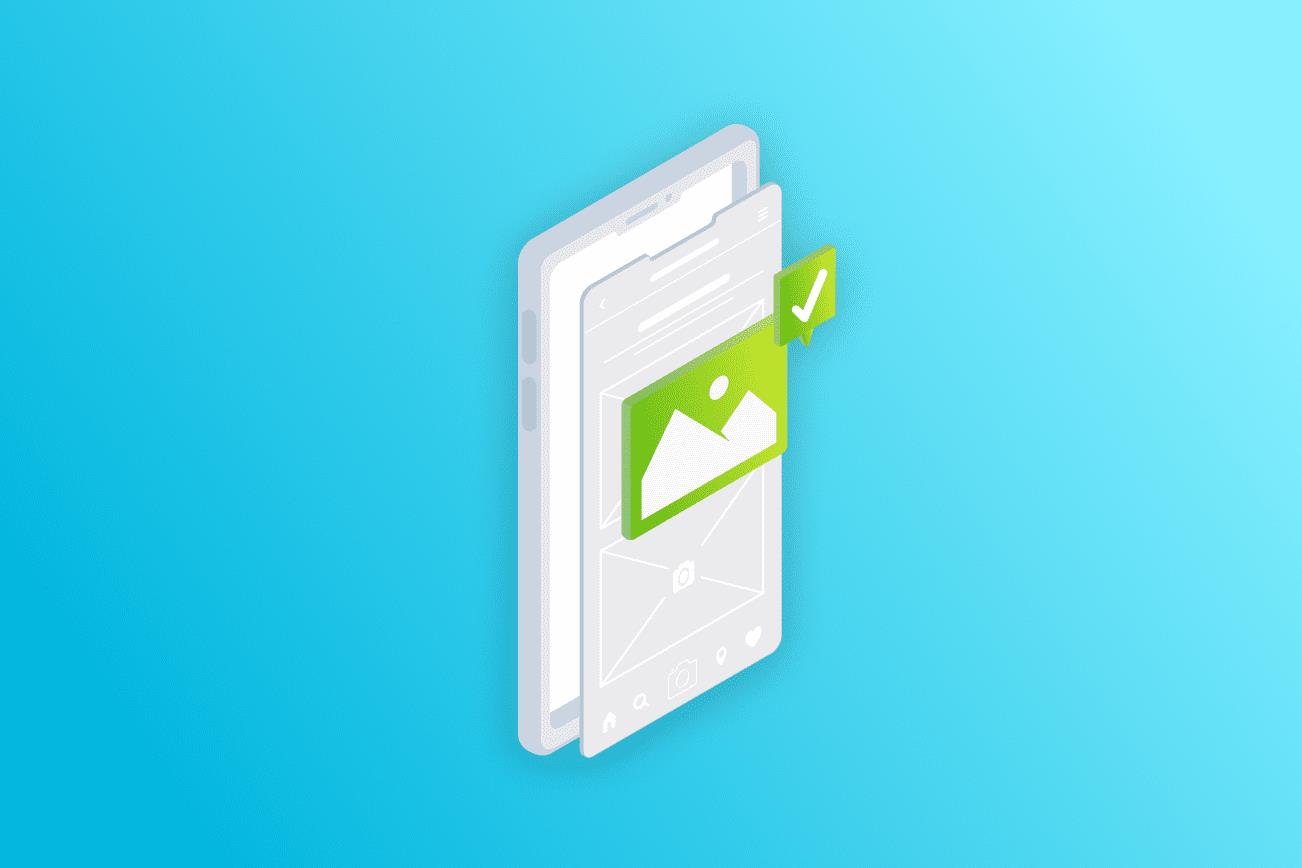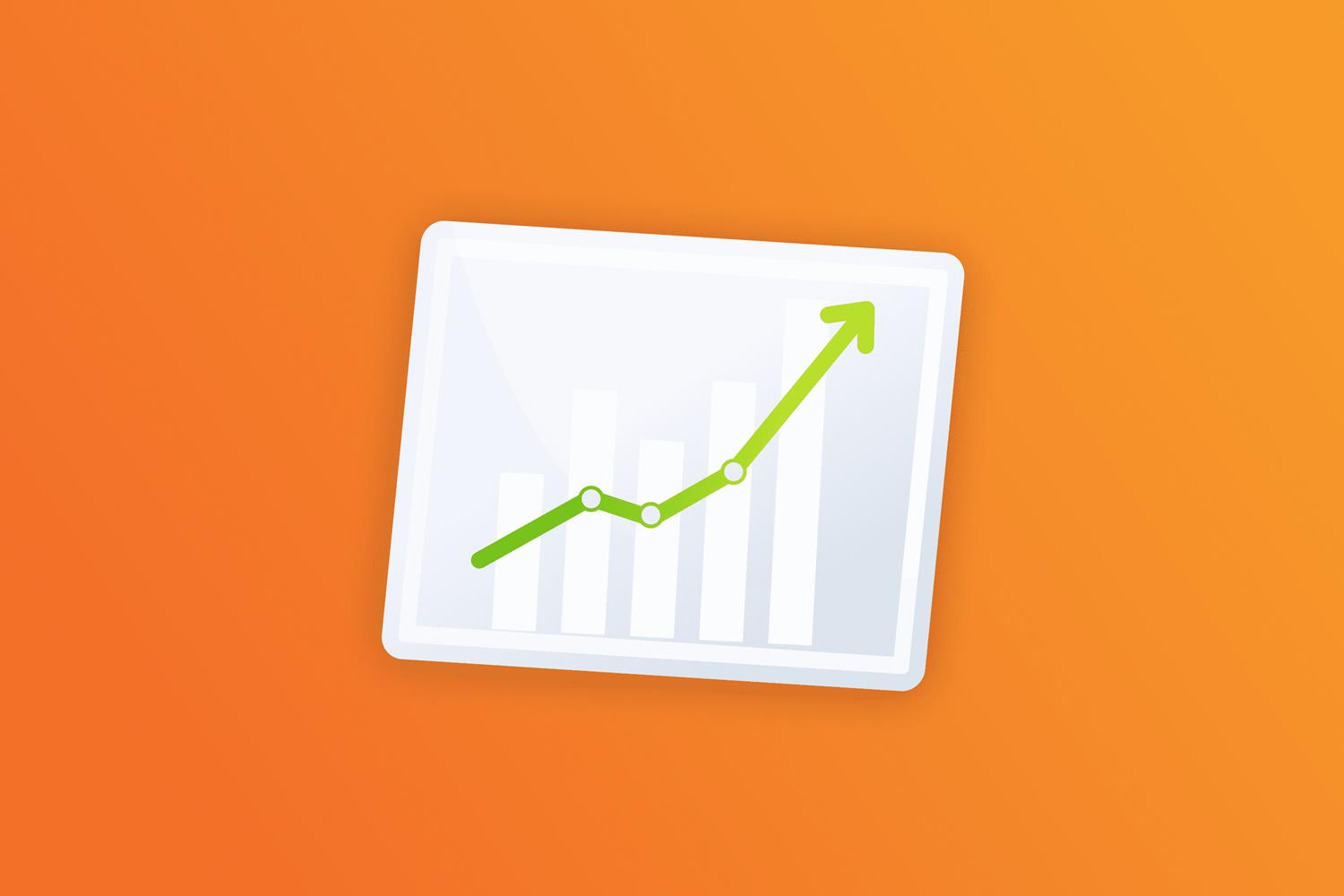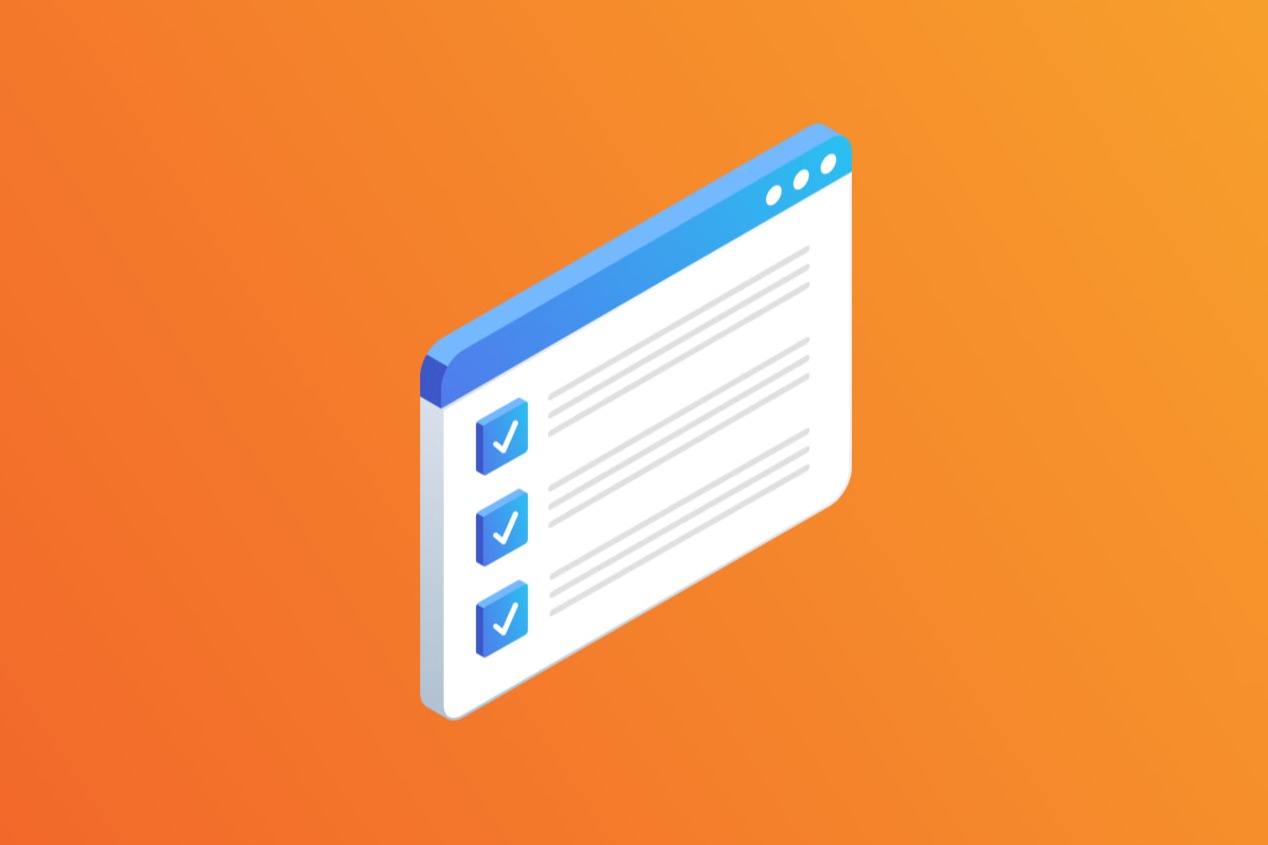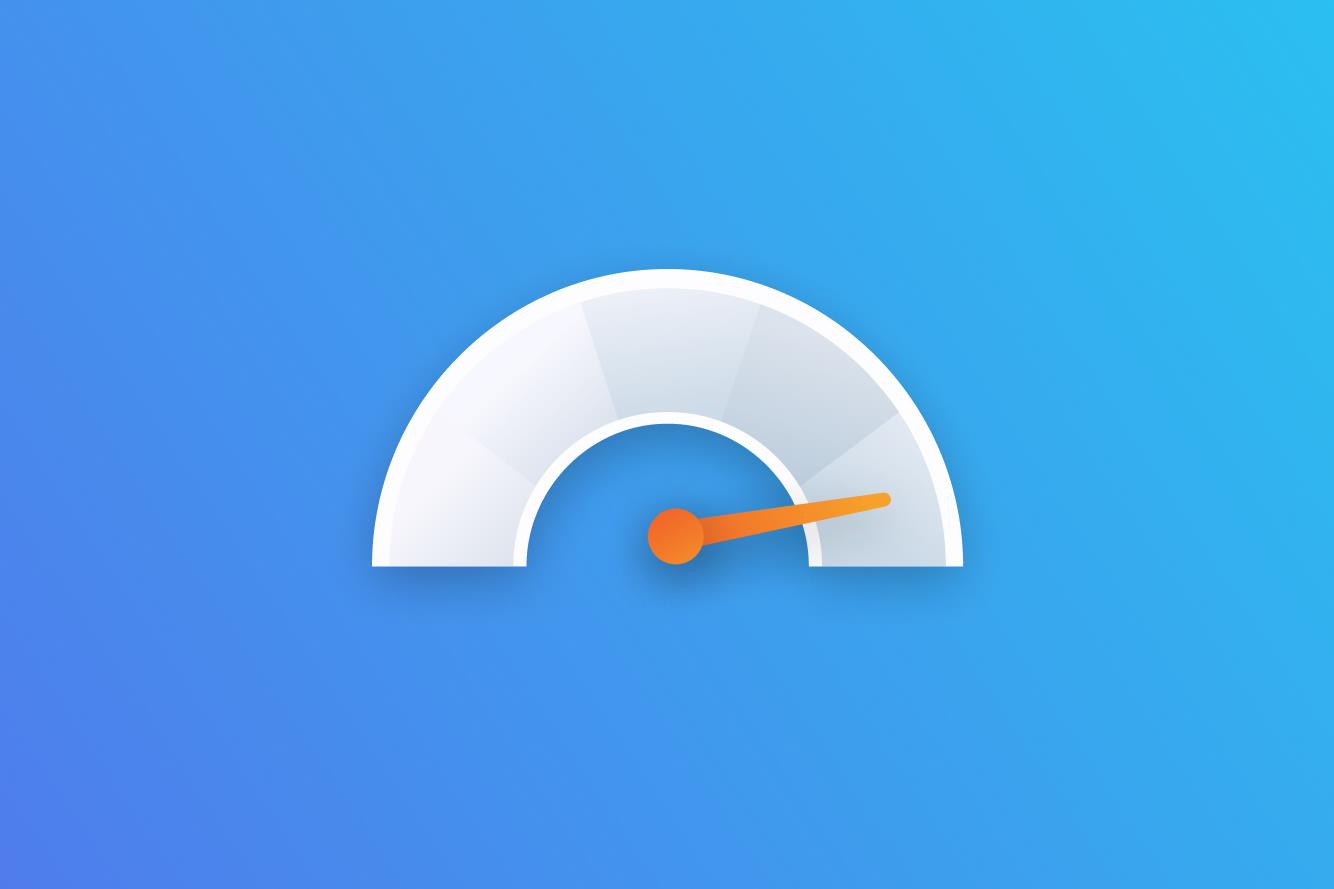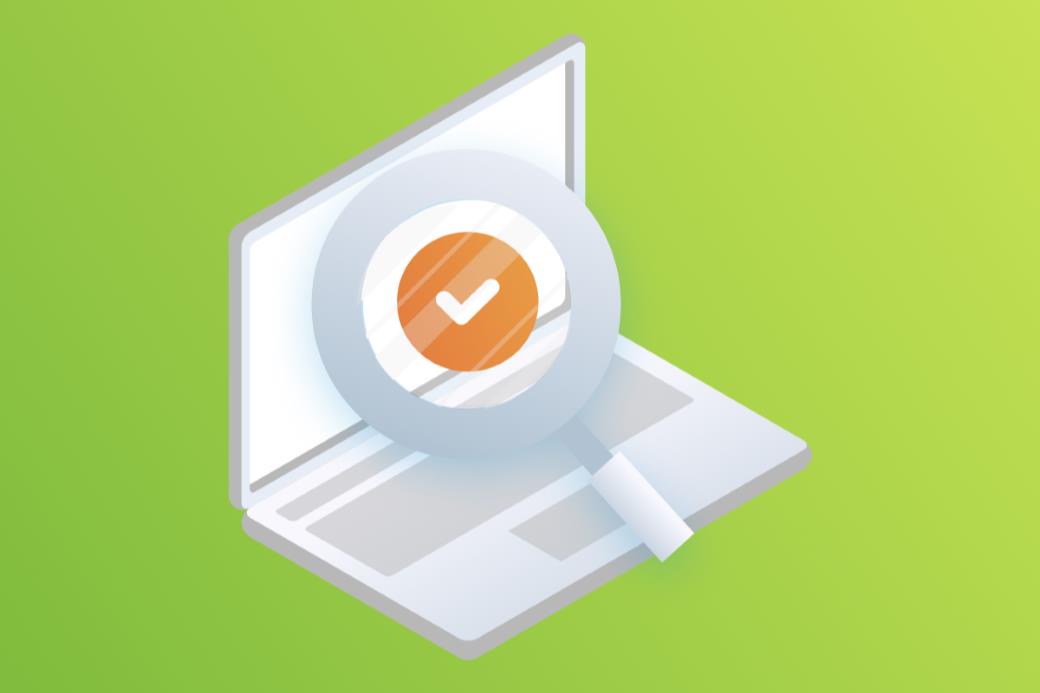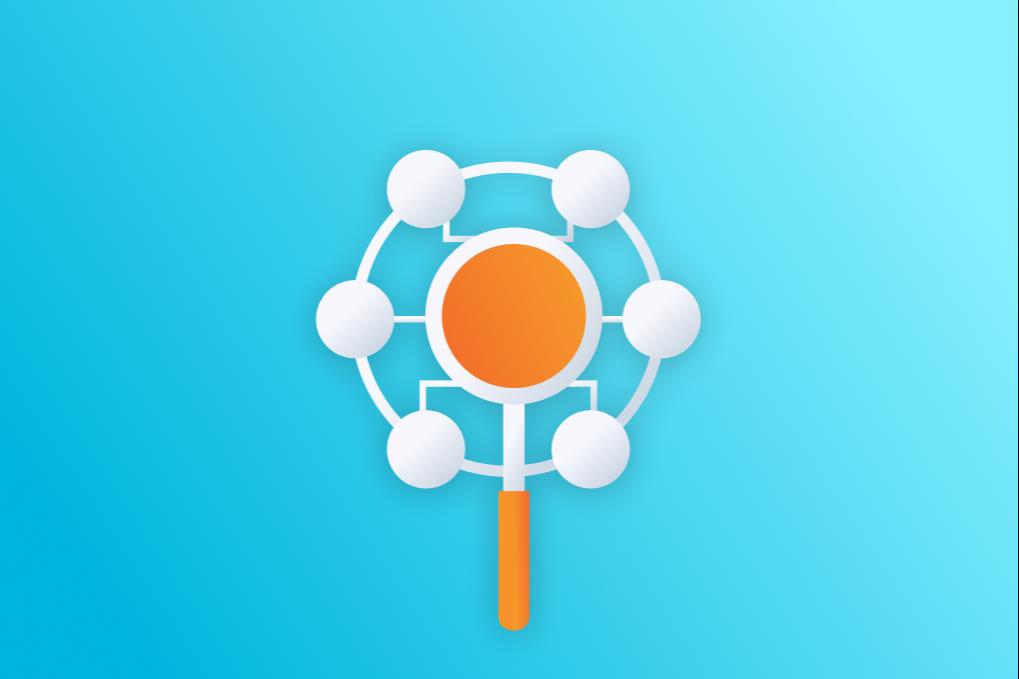Who are UX/UI designers, what tasks do they perform, how do you start in UX/UI design, and which vector of further development to choose? Bogdan Poberezhny, Lead Designer at EPAM, helps us to understand the subject.
My path to UX/UI design
Ever since I was a child, I loved to draw and gravitated toward creativity, so I figured early on in which direction I wanted to develop. Although majoring in analysis, I started working with graphic design software from the very beginning of my university studies, mostly processing images.
Graphic design is a good choice for a beginner who needs to get the hang of working with tools.
Eventually, I got my first job as a graphic designer. Later, when skeuomorphism (a design style where images in digital interfaces mimic real-world objects) gained popularity, I joined a company that developed mobile applications. There, I began working with interface design and discovered how little I actually knew about design processes, UX activities, and the designer's role in a project. This realization acted as a catalyst for me to quickly learn new skills and advance in the field of UX/UI design.
Specifics of the work of a UX/UI designer
A UX/UI designer develops interfaces with which a user interacts, including websites, mobile applications, payment systems, dashboards, etc. The main task of a UX/UI designer is to make the use of such products as logical, simple, convenient, and enjoyable as possible. As the name of the profession suggests, UX/UI design combines two processes:
- UX (user experience) design involves researching user needs and creating a product that will be convenient to use.
- UI (user interface) design concentrates on creating a visually appealing and comfortable product, using color, styles, arrangement of elements on the screen, etc.
Is the job of a UI designer all about graphics? No, not at all. UX/UI designers focus primarily on a positive user experience, not on their own creative expression. The lion's share of time is spent collecting data from the customer, conducting interviews with users, analyzing the information received, and devising and implementing concepts and ideas. Creating graphics itself can take no more than 10% of the total amount of work on the project.
It is important to understand that creating the perfect design solution from the get-go may be difficult. There's always room for improvements and updates, so it can take many iterations before arriving at the final solution.
Skill set required to start in the UX/UI design profession
A UX/UI designer should have a specific skill set and personal qualities to excel in their chosen field.
Hard skills:
- Proficiency with specialized tools. Currently, Figma is the most in-demand among them since it covers almost all the needs of an interface designer and is updated regularly. Knowledge of graphic editors, such as Adobe Photoshop for editing images and Adobe Illustrator for working with vector graphics, will be a bonus. In addition, it is worth getting comfortable with collaborative tools like Miro, used to create various flowcharts and mindmaps.
- Understanding of color theory and composition. These skills are essential for creating a well-designed visual component and ensuring successful user interaction with the interface.
Soft skills:
- Communication skills are required to work with the client and the project team. Good communication between colleagues is the key to a successful outcome.
- Ability to keep your cool in stressful situations. Misunderstandings occur in the work process, and that is normal. Stress tolerance helps you to resolve any situation healthily.
- Presentation skills are another must-have for a UX/UI designer because developing a solution is not enough. You should be able to present it to the customer and explain why this option is the best fit for their business goals and user needs.
- Life-long learning. UX/UI designers must learn a lot to keep up with technology development and current trends, exploring different patterns and approaches.
Education and getting started in the profession
Whether a UI/UX designer needs a higher education is debatable. However, specialized training, such as EPAM educational programs in UI/UX design, definitely boosts your confidence at the start. For the first six months to a year, you should focus on studying and working with a mentor, working on pet projects, and building a portfolio. Based on my experience, I can say that even as a beginner, you should not be afraid of challenging tasks but rather try to take them on.
Motivation for development
I enjoy the creative side of this profession: working on the visual component, finding the best solution, constantly analyzing information, and generating new ideas. Positive feedback from users is highly encouraging and motivates me to develop further.
On the downside, juggling multiple tasks, attending numerous meetings, and communicating with clients, project managers, developers, and fellow designers can sometimes be exhausting.
Career vectors
In UX/UI design, like many other professions, you can progress vertically through different levels, from Trainee through Junior, Middle, Senior, and Lead Specialist to Head of Design. The promotion to a higher position is determined by the ability to make decisions and execute tasks independently, as well as expertise and experience. I have been working with EPAM for over 10 years, and during this time, I have grown to the Lead position. This role already involves a lot of managerial work.
You can also transition from UX/UI design to product design, develop in product management, or even learn to code and switch to UI development.
Books and resources for UI/UX designers
- nngroup
- smashingmagazine
- medium
- Don’t Make Me Think by Steve Krug
- About Face by Alan Cooper
- The Human Interface by Jef Raskin
- Design with Mind in Mind by Jeff Johnson
- The Design of Everyday Things by Donald A. Norman
- Emotional Design by Donald A. Norman
- Visual and Statistical Thinking by Edvard Tafte
- Envisioning Information by Edvard Tafte
- The Art of Color by Johannes Itten
- Typographie by Emil Ruder
- The New Typography by Jan Tschihold
- Making and Breaking the Grid by Timothy Samara
- Value Proposition Design: How to Create Products and Services Customers Want by Alexander Osterwalder
- 100 Things Every Designer Needs to Know about People by Susan Weinschenk
- A Project Guide to UX Design by Russ Unger and Carolyn Chandler
- The Elements of User Experience: User-Centered Design for the Web by Jesse James Garrett
- Lean UX: Applying Lean Principles to Improve User Experience by Jeff Gothelf and Josh Seiden
- Handbook of Usability Testing by Jeffrey Rubin and Dana Chisnell


